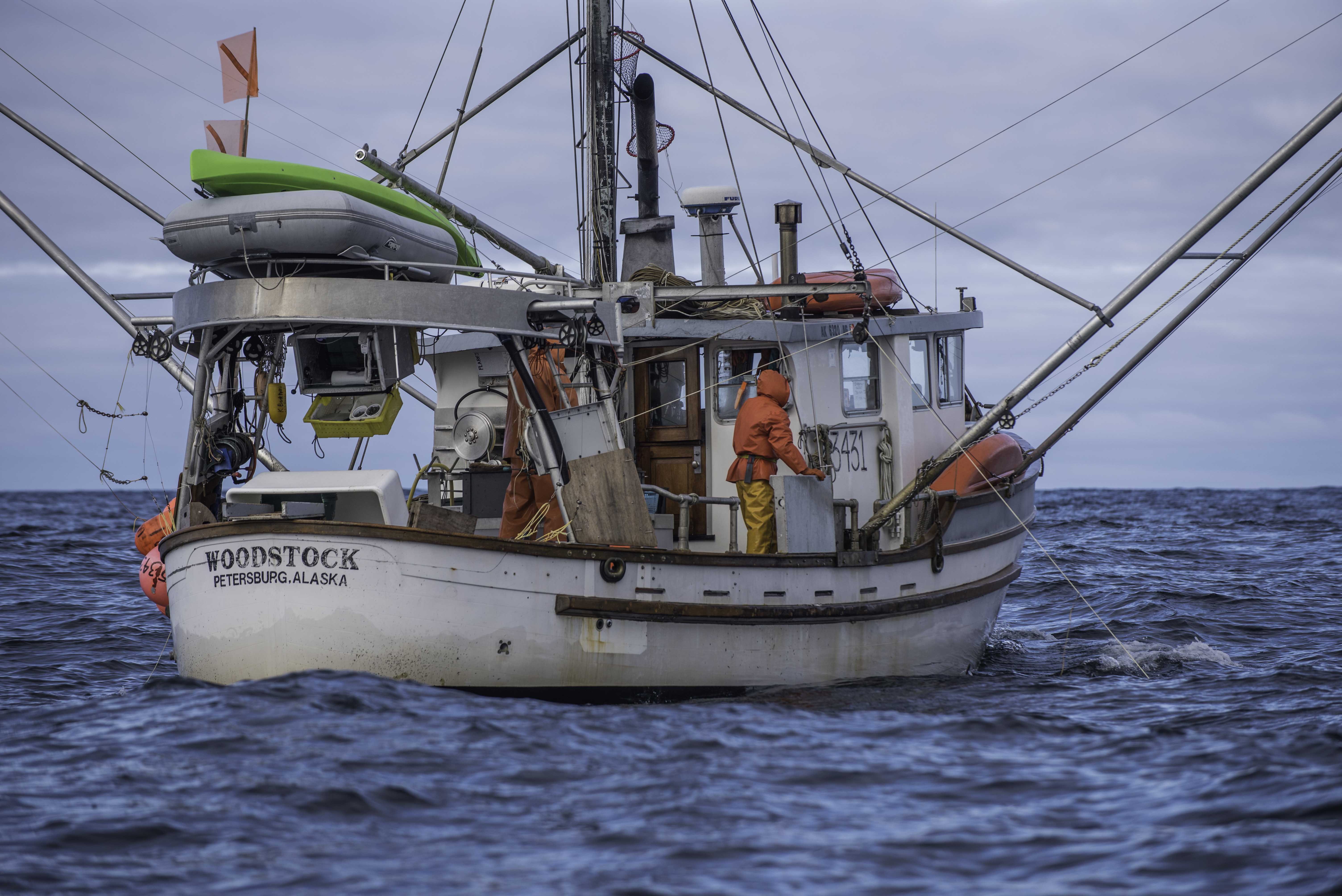UA and National Lab Guide Two Alaska Communities Closer to Meeting Energy Goals

For the past few months, community members from Ouzinkie and the Alaska Longline Fishermen’s Association have each worked with national laboratories on projects to address their community’s remote energy needs.
They are two of 11 islanded and remote community energy projects across the country receiving technical assistance from the U.S. Department of Energy’s Energy Transitions Initiative Partnership Project. Ouzinkie and ALFA projects are facilitated by local regional partners from the University of Alaska Fairbanks’ Alaska Center for Energy and Power and the Institute of Social and Economic Research.
The Alaska Longline Fishermen’s Association is a collective of fishermen from throughout Alaska, centered in Sitka. The fishing fleet relies on diesel fuel for all of its energy, and its ETIPP project is seeking opportunities to reduce fishermen’s dependence on diesel. ALFA’s Chandler Kemp has been working with the labs, along with ALFA’s executive director, Linda Behnken. “NREL and Sandia National Labs are helping ALFA envision an energy transition for the fishing fleet. The labs are helping design a hybrid diesel-electric vessel and developing a long-term feasibility study of hydrogen fuel cell systems,” said Kemp.
Meanwhile, the City of Ouzinkie sits off the northeastern coast of Kodiak Island. In efforts to keep electricity flowing for its 150 residents, the Ouzinkie is currently 100% reliant on diesel fuel for generators to power the town — a situation common around Alaska. Mayor Elijah Jackson described it as their “most problematic energy challenge.” Ouzinkie has a hydro turbine, but needed repairs have been postponed by Covid-19 delays, Jackson explained.
“With the hydro running, our fuel bill is cut in half,” he said. “Right now, we are spending over $17,000 a month on fuel, and this has been a burden to our entire community. The ETIPP project is helping us find renewable energy sources to help offset the reliance on diesel fuel.”
The City of Ouzinkie continues to collaborate with the Native Village of Ouzinkie tribe and Lawrence Berkeley National Laboratory and others to optimize its use of renewables and storage.
Three additional ETIPP projects in Alaska are facilitated by Renewable Energy Alaska Project as a regional partner. They include a variety of energy storage, hydro and resource assessment projects in Wainwright, Dillingham and Sitka. Communities interested in applying for the second round of projects can do so through spring 2022.
For more information, follow the Alaska Rural Energy Partnership Facebook page. Communities interested in applying for the upcoming cohort can visit the DOE website and contact Patty Eagan at pmeagan@alaska.edu.
A fishing boat in Southeast Alaska. Photo by Josh Roper Photography.



